Preserving traditional rituals in Keo Pagoda festival, Duy Nhat commune (Vu Thu).
A place where unique folk nuances converge, nowhere else
Not only are they hard-working and resilient in fighting against foreign invaders, the traditional cultural life of Thai Binh people has the characteristics of the lowland areas of the Red River, both diverse and open-minded. These are expressed in the folk religious activities and many traditional art performances of agricultural residents taking place in different festivals. Before the August Revolution in 1945, there were more than 800 villages in the province, most of which had communal houses with festivals for people to gather and worship. A variety of activities are held during the festival to honor heroes who have made great contributions to the homeland and country, and at the same time, it is an opportunity to recreate agricultural life, customs, folk beliefs and organize entertainment competitions, showing off the good things and beauty of each locality such as rice cooking competitions, fish dishes, cake making, clay firecrackers, wrestling, etc. There are many unique and attractive festivals such as Keo Pagoda Festival, Duy Nhat Commune (Vu Thu) organized in spring and autumn, reflecting the customs of the residents of the river region; Quang Lang Village Festival, Thuy Hai Commune (Thai Thuy) with Ong Dung and Ba Da dance; Het Temple Festival, Thai Thuong Commune (Thai Thuy) with ball wrestling; Sao Den Festival, Song An Commune (Vu Thu) with kite flying competition, etc.
In particular, in village culture, festivals are also a place to preserve and promote unique folk art performances, imbued with the nuances of agricultural residents in the coastal areas of the Northern Delta. Ancient dances such as: spear and flag dance, pull-letter dance, bowl dance, rowing boat dance, dragon dance... have become unique features of Thai Binh villages. In addition, singing is concentrated in Dong Bang temple festival (Quynh Phu), singing ca tru in some village festivals in Kien Xuong and most notably, the art of singing cheo with cheo mats in the communal house yard takes place in most old village festivals. Songs like "I don't want to eat cha an nem/I want to eat rice, I want to watch singing cheo" reflect the art of singing cheo that has existed and has a long-lasting vitality in Thai Binh land. According to statistics, before 1945, in the province, there were more than 50 cheo troupes that often competed in village festivals. Among them, we must mention 3 famous Cheo villages: Cheo Ha Xa (Hung Ha), Cheo Khuoc village (Dong Hung) and Cheo Sao Den (Vu Thu). Along with Cheo singing, water puppetry is a unique form of theater, developed in many traditional guilds in villages of Dong Hung district... Over the centuries, due to the secret preservation of the profession, water puppetry has not been widely spread, but this unique art form is still performed in many village festivals in and outside the province.
Village festivals have become a direct and important environment to preserve and promote the cultural and artistic potential of villages and communes. At the same time, in the opposite direction, folk arts and games and performances have created a unique identity and strong attraction in the land at the end of the Red River.
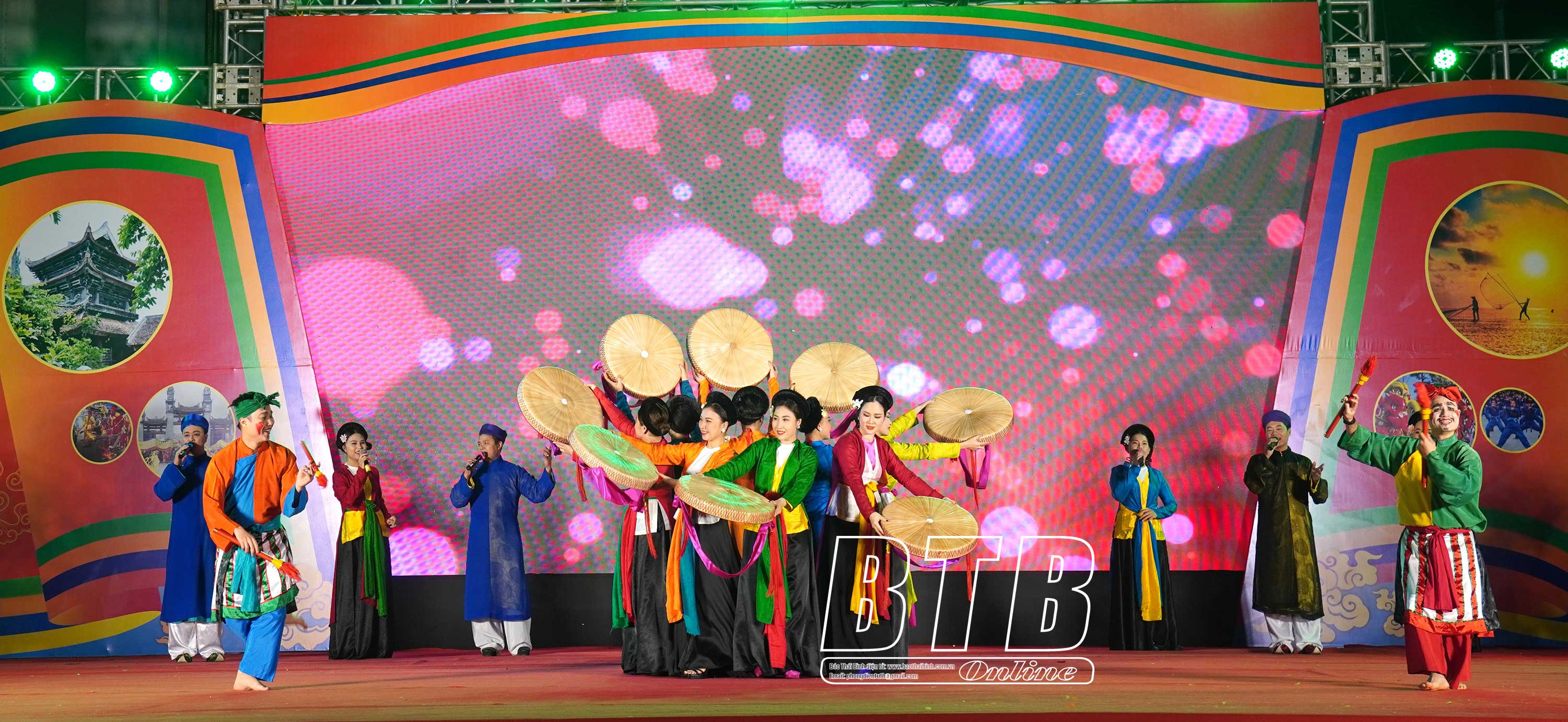
Cheo art performance in the provincial Culture, Sports and Tourism festival on March 21.
Promoting cultural resources
Implementing and implementing the Party's guidelines, policies and laws of the State, the work of building and developing culture in Thai Binh province in recent years has achieved many important results. Paying attention to promoting resources, Thai Binh province has issued many guidelines and policies to develop culture; focusing on Resolution No. 04-NQ/TU, dated January 30, 2019 of the Provincial Party Committee on strengthening education, promoting the cultural traditions, civilization, patriotism and revolution of Thai Binh homeland for cadres, party members and people of all walks of life; Resolution No. 09-NQ/TU, dated October 3, 2024 of the Provincial Party Committee on developing tourism into an important economic sector of the province...
Through the vicissitudes of history, the province still has 2,969 ancient cultural institutions with historical and cultural traces that have been inventoried. There are relics, artifacts, antiquities, and Han Nom documents with special historical, cultural and scientific value, marking a heroic period of the nation's history and representing and characterizing the artistic style of an era. Of these, 2 relics have been ranked as special national relics by the Prime Minister, 127 national relics and 610 provincial relics. Thai Binh is also proud to have 2 treasures recognized as national treasures, namely: The gilded wooden altar throne currently preserved and displayed at Thai Binh Museum and the incense altar at Keo Pagoda.

Artists of Cheo Theatre perform the play "Legendary Pearls" preserving the ancient Cheo tradition
As a land of many cultural nuances, Thai Binh still preserves hundreds of intangible cultural heritages, including 585 traditional festivals, 91 traditional crafts, 58 folk performing arts and 28 social practices and beliefs. Of these, 14 intangible cultural heritages have been included in the list of national intangible cultural heritages: Tran Temple Festival, Tien La Festival (Hung Ha); Keo Pagoda Festival, kite playing custom in Sao Temple Festival, Song An Commune, Bong Dien Festival (Vu Thu); A Sao Temple Festival, Dong Bang Temple Festival, Long Khe Temple Festival (Quynh Phu); Quang Lang Village Festival (Thai Thuy); Giang village festival, water puppetry in Dong Cac commune and Nguyen Xa commune (Dong Hung)... Thai Binh also has 22 artisans awarded the title of Meritorious Artisan by the state, 7 artisans awarded the title of People's Artisan in the field of intangible cultural heritage. They are all living museums, preserving and passing on treasures of knowledge and professional secrets in the field of cultural heritage conservation every day, and are important resources for developing local tourism... The above figures and documents are not enough to tell all about Thai Binh's cultural heritage. However, they have partly proven the length of history and cultural depth of this land.
In the era of national development, the construction and development of culture is increasingly valued, not only as the spiritual foundation of society but also as a driving force for comprehensive development. With the National Target Program on Cultural Development for the period 2025 - 2035 being gradually implemented, the folk cultural resources of Thai Binh will play an important role, contributing to preserving the spirit of patriotism and national pride in today's and future generations. This is also a unique feature that the province is interested in preserving and promoting to attract a large number of tourists to Thai Binh, thereby promoting the development of the smokeless industry.
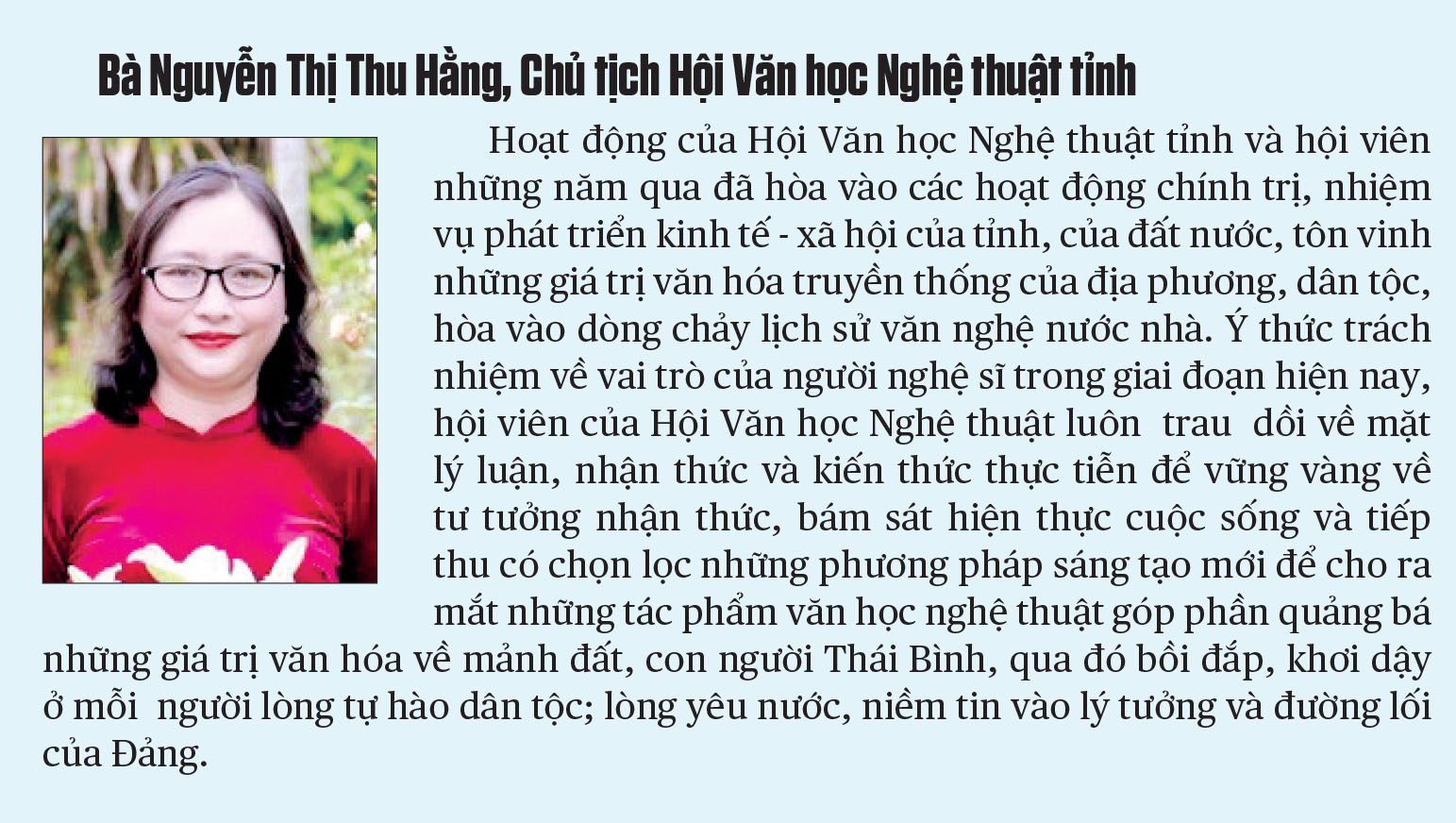
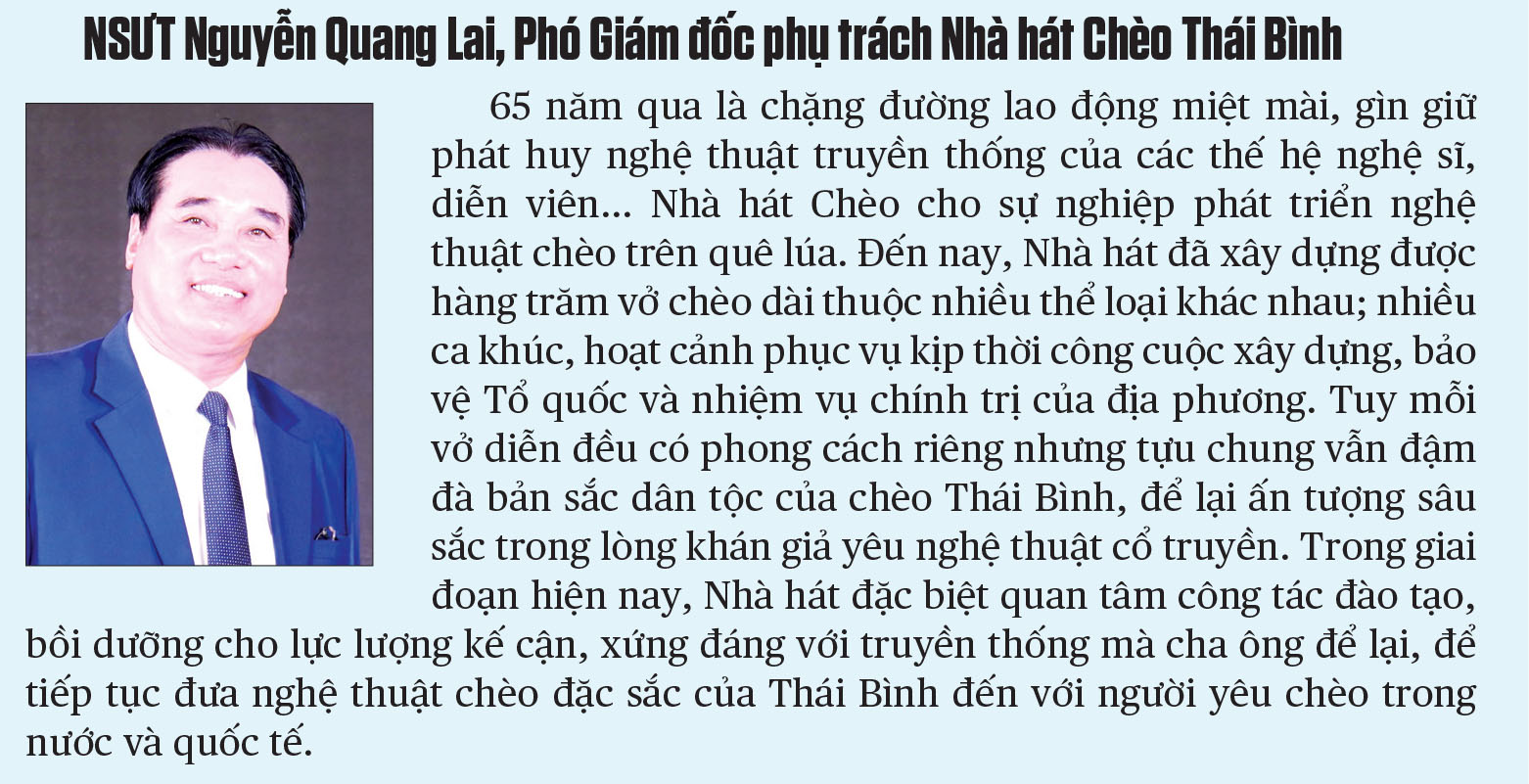
.
Tu Anh
Source: https://baothaibinh.com.vn/tin-tuc/19/219502/dam-da-van-hoa-truyen-thong


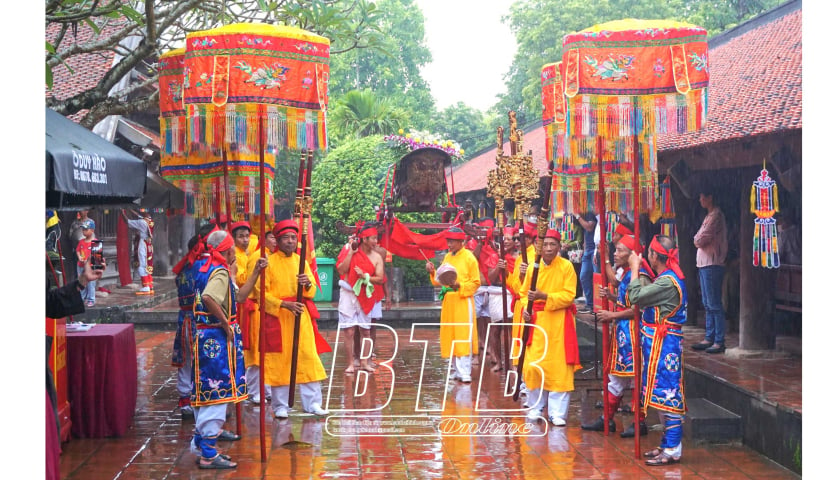

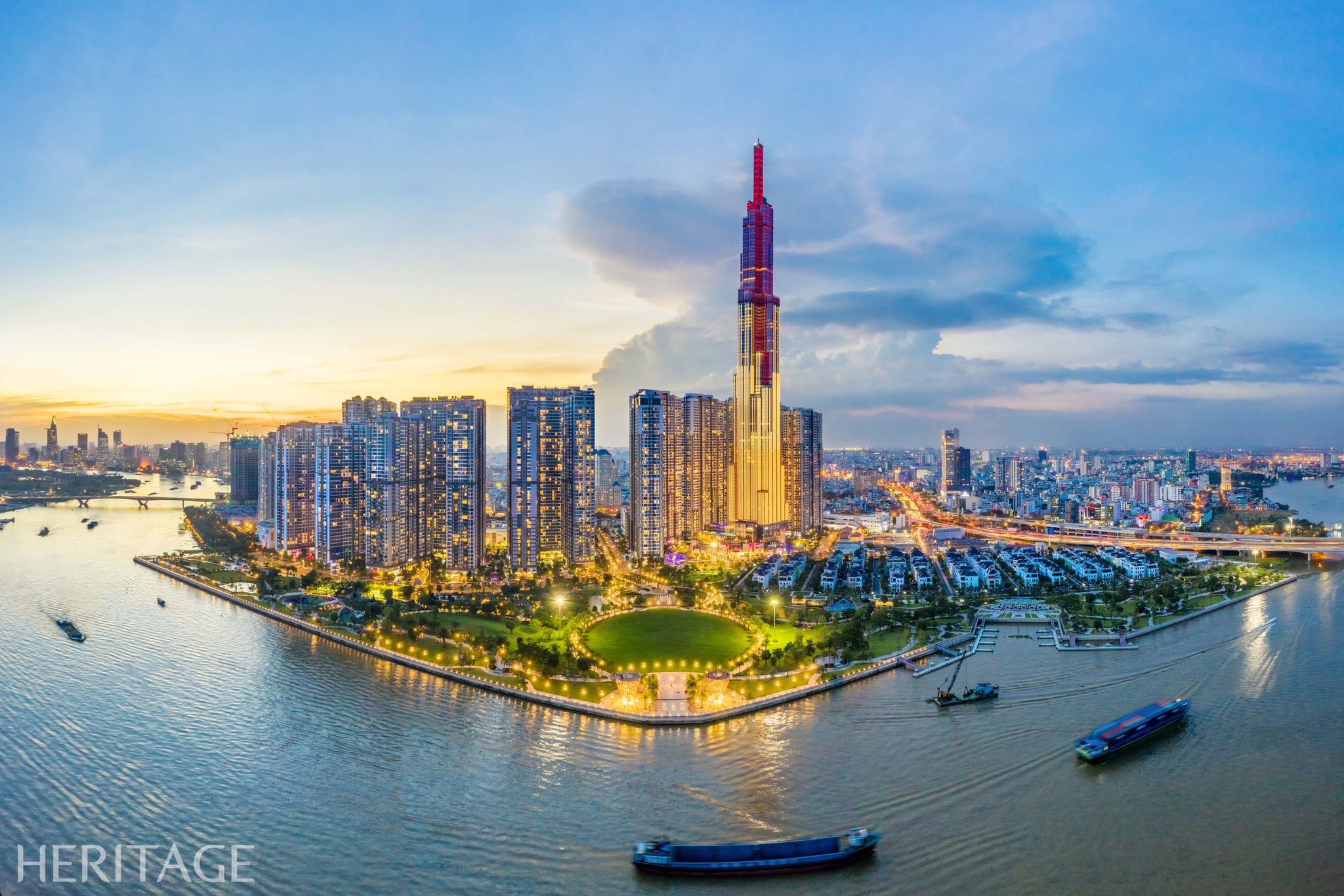
![[Photo] Workshop "Future for the Rising Generation" continues the profound value and strong message from the article of General Secretary To Lam](https://vstatic.vietnam.vn/vietnam/resource/IMAGE/2025/4/4/ec974c5d9e8e44f2b01384038e183115)
![[Photo] General Secretary To Lam receives President of the Republic of Burundi Évariste Ndayishimiye](https://vstatic.vietnam.vn/vietnam/resource/IMAGE/2025/4/4/d6df4662ecde41ef9bf55f1648343454)
![[Photo] President Luong Cuong presides over the official welcoming ceremony for Burundian President Évariste Ndayishimiye](https://vstatic.vietnam.vn/vietnam/resource/IMAGE/2025/4/4/63ceadc486ff4138abe2e88e93c81c91)
![[Photo] Parade rehearsal on the training ground in preparation for the April 30 celebration in Ho Chi Minh City](https://vstatic.vietnam.vn/vietnam/resource/IMAGE/2025/4/4/e5645ddf85f647e6a25164d11de71592)










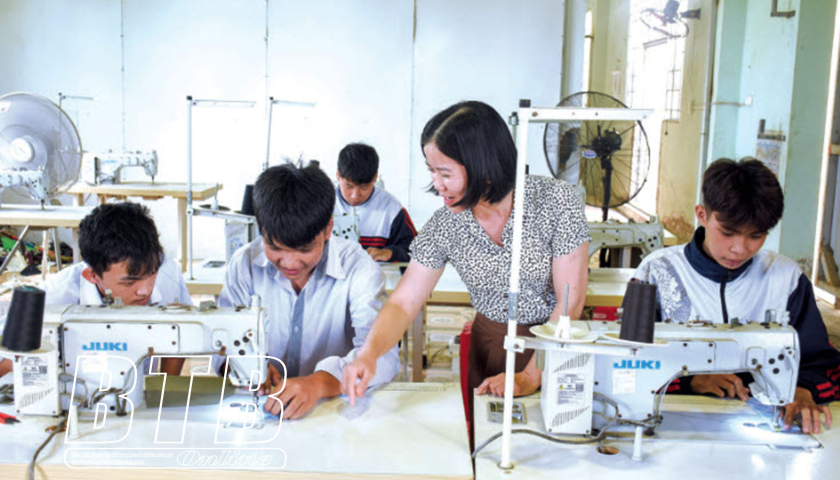
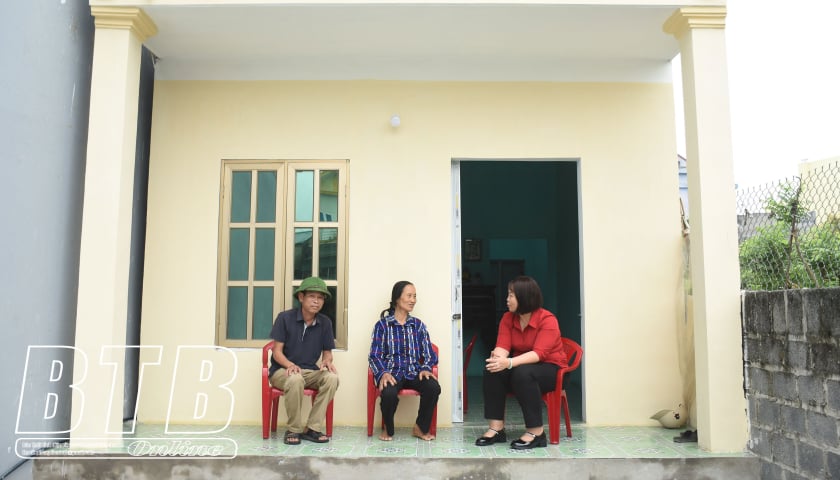
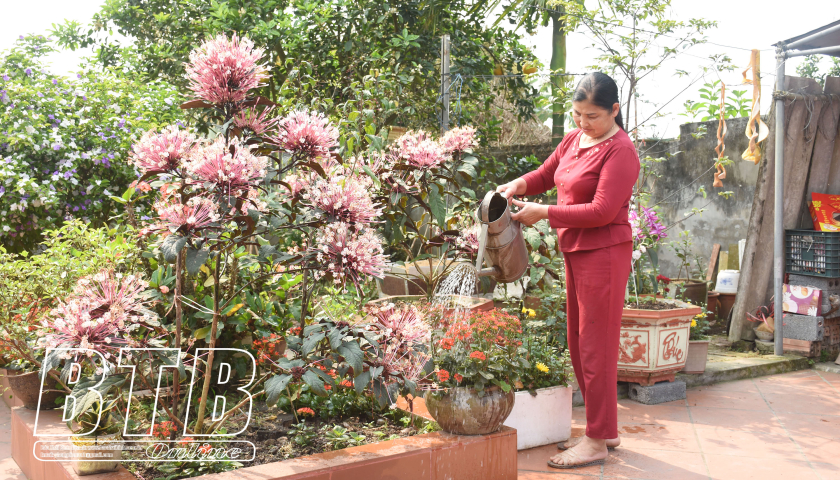

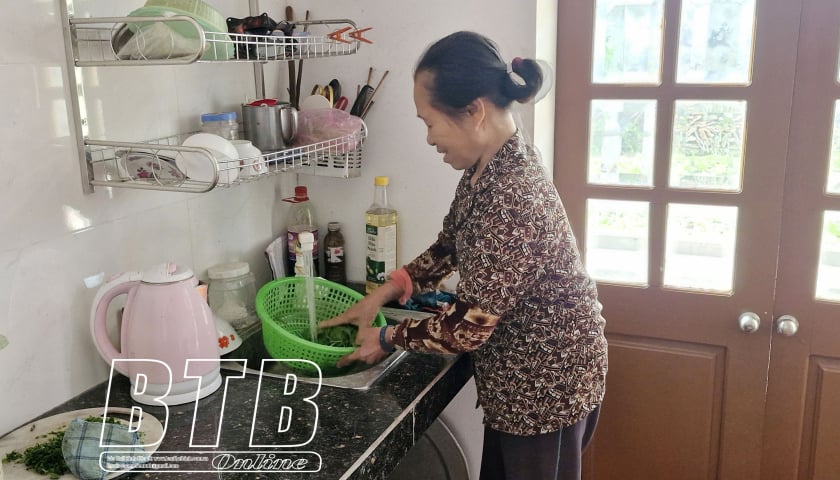
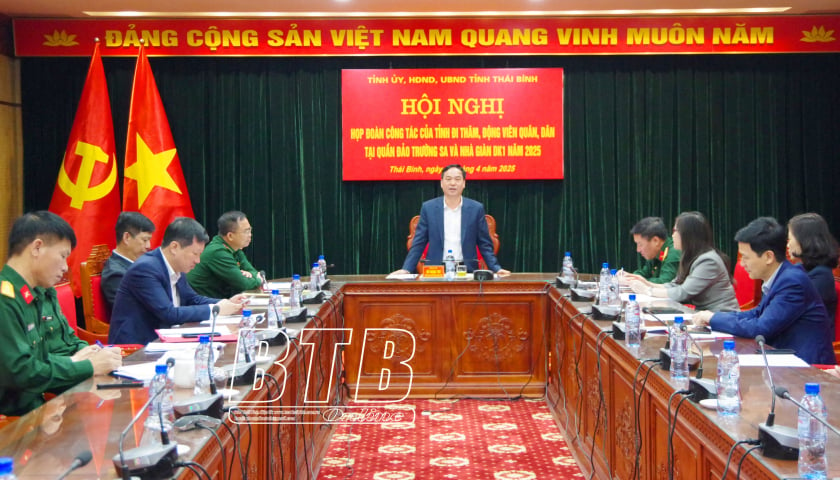
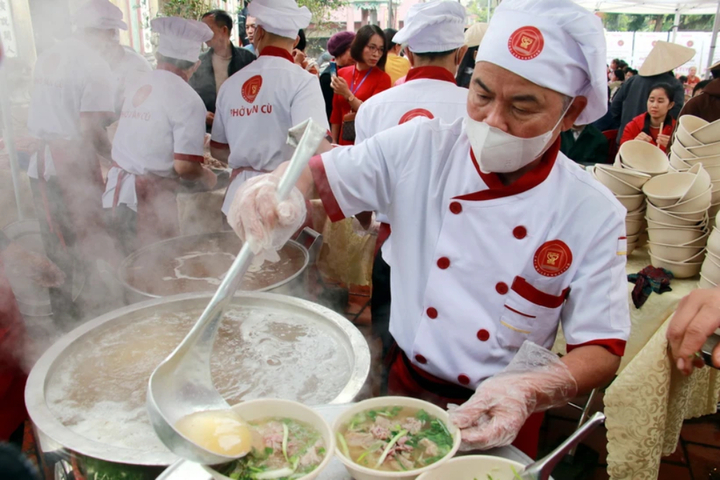

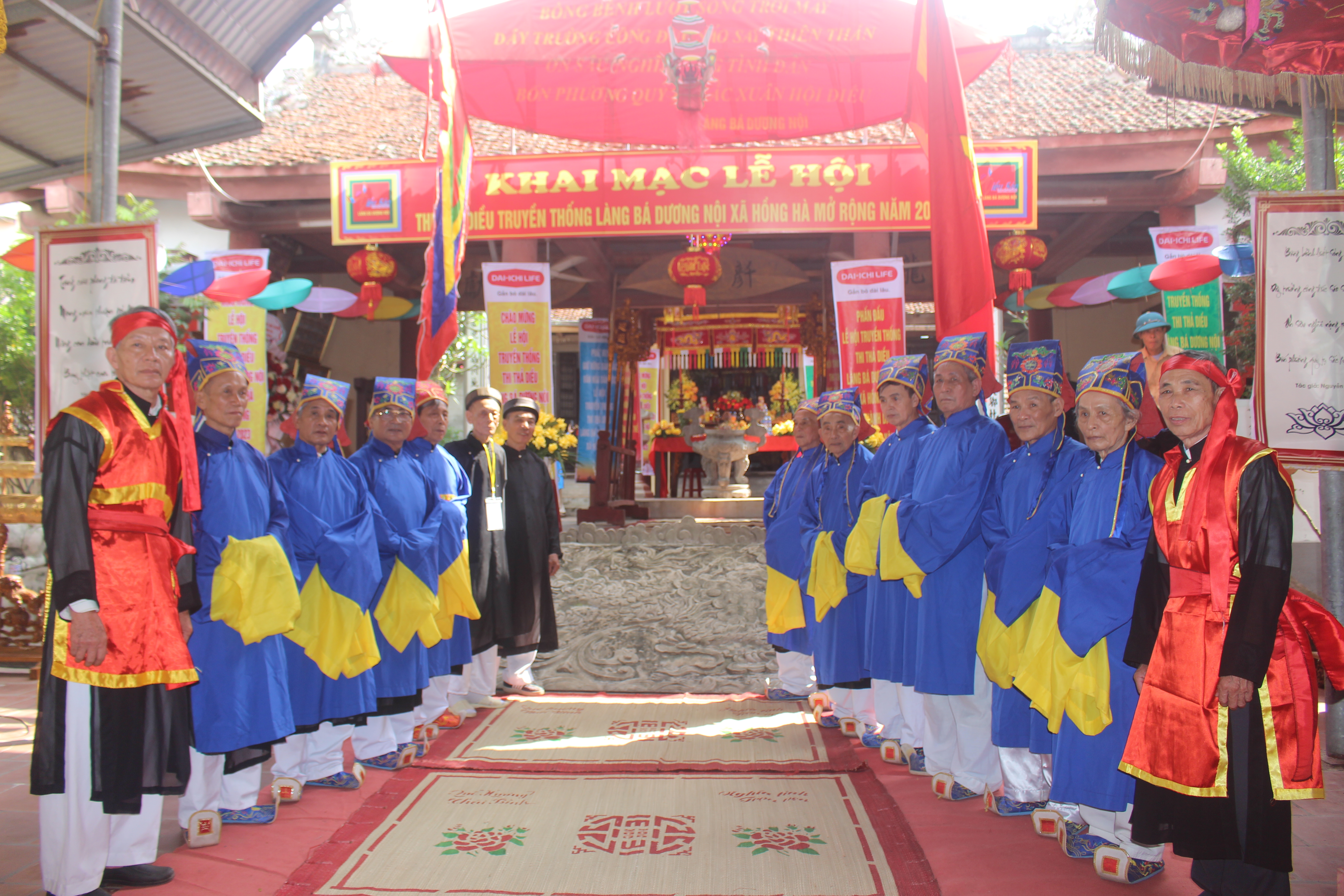

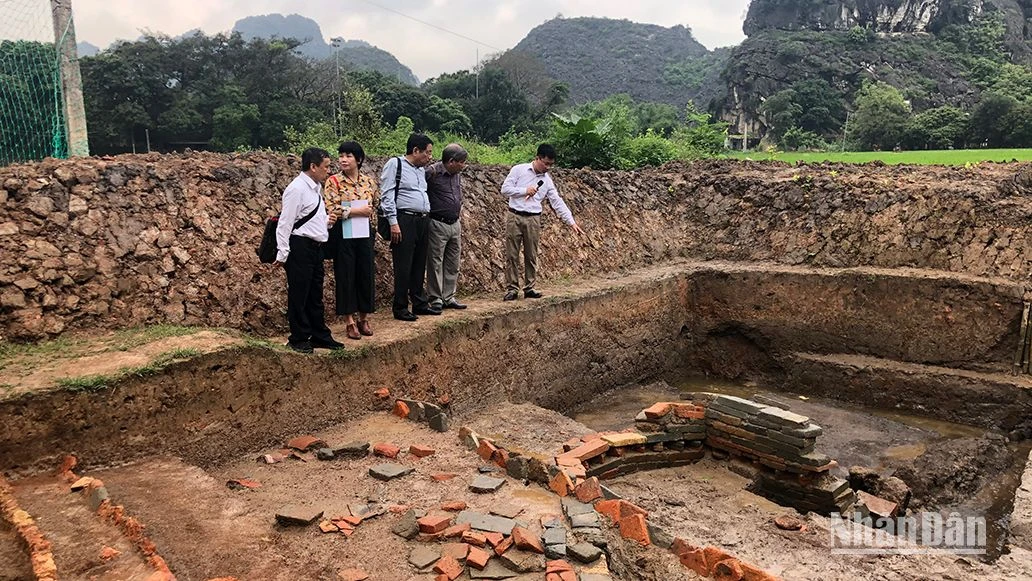

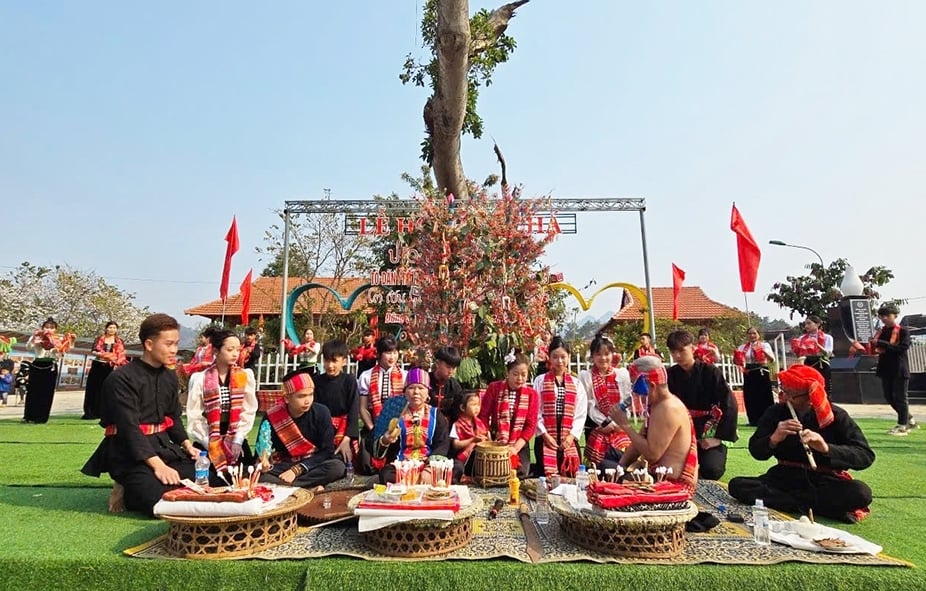

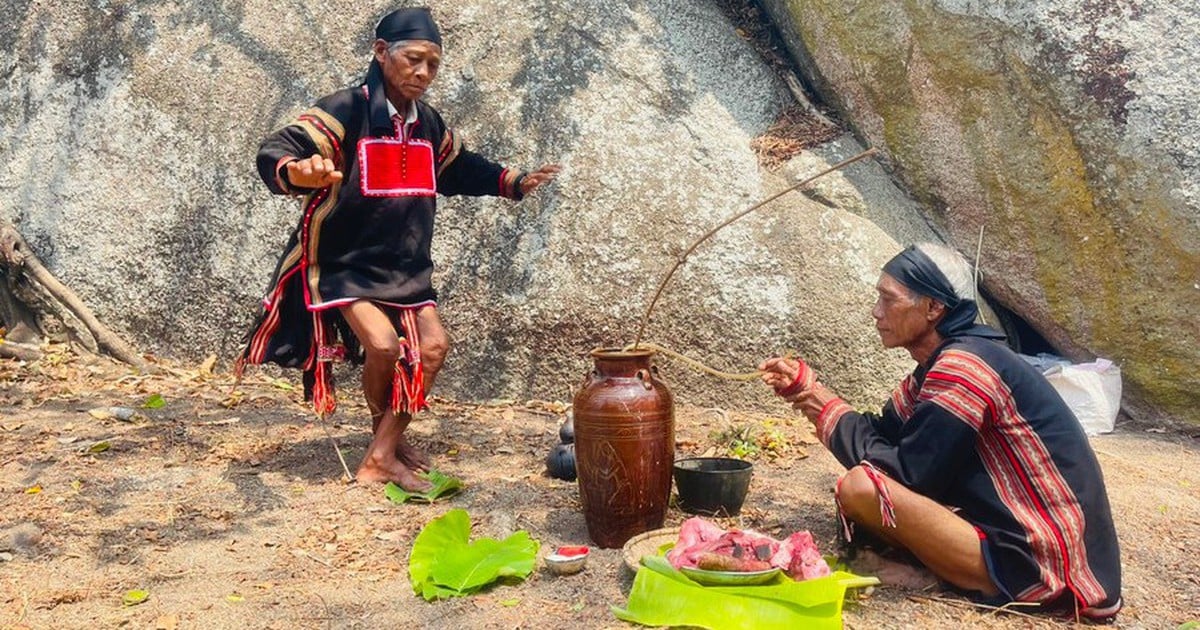



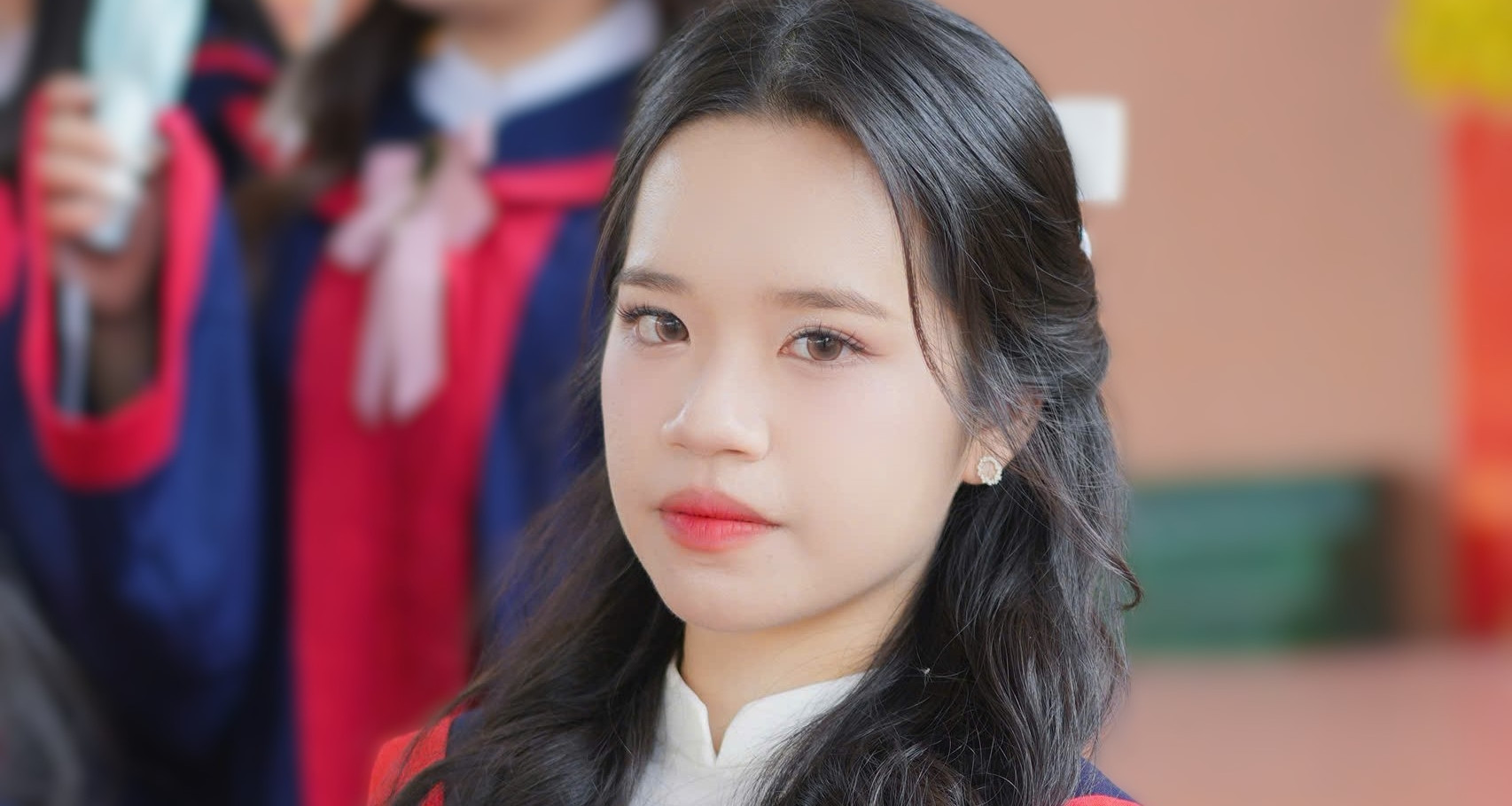








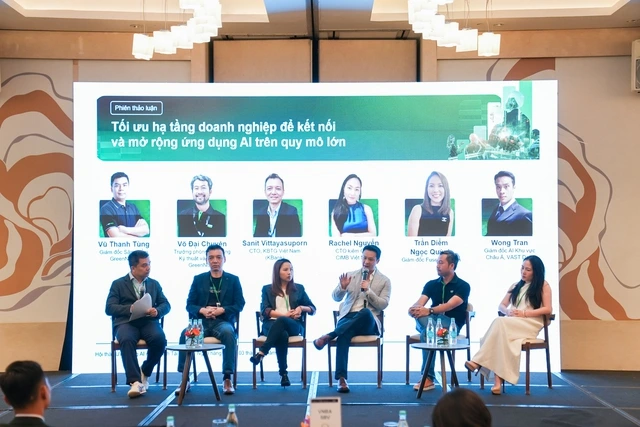
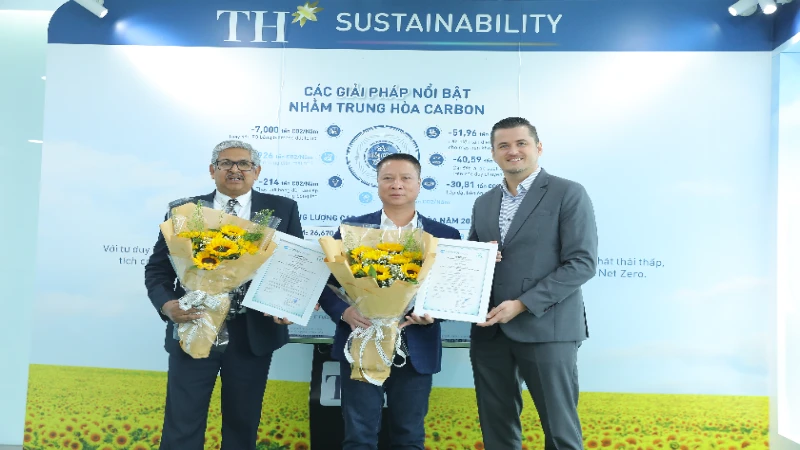
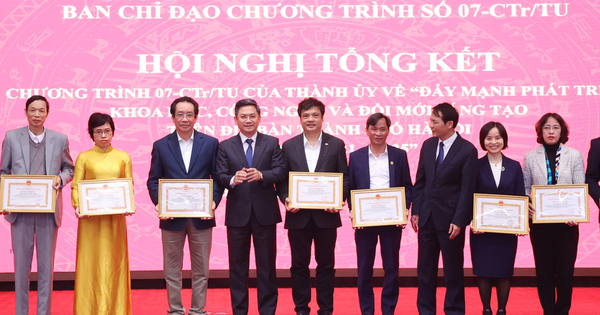



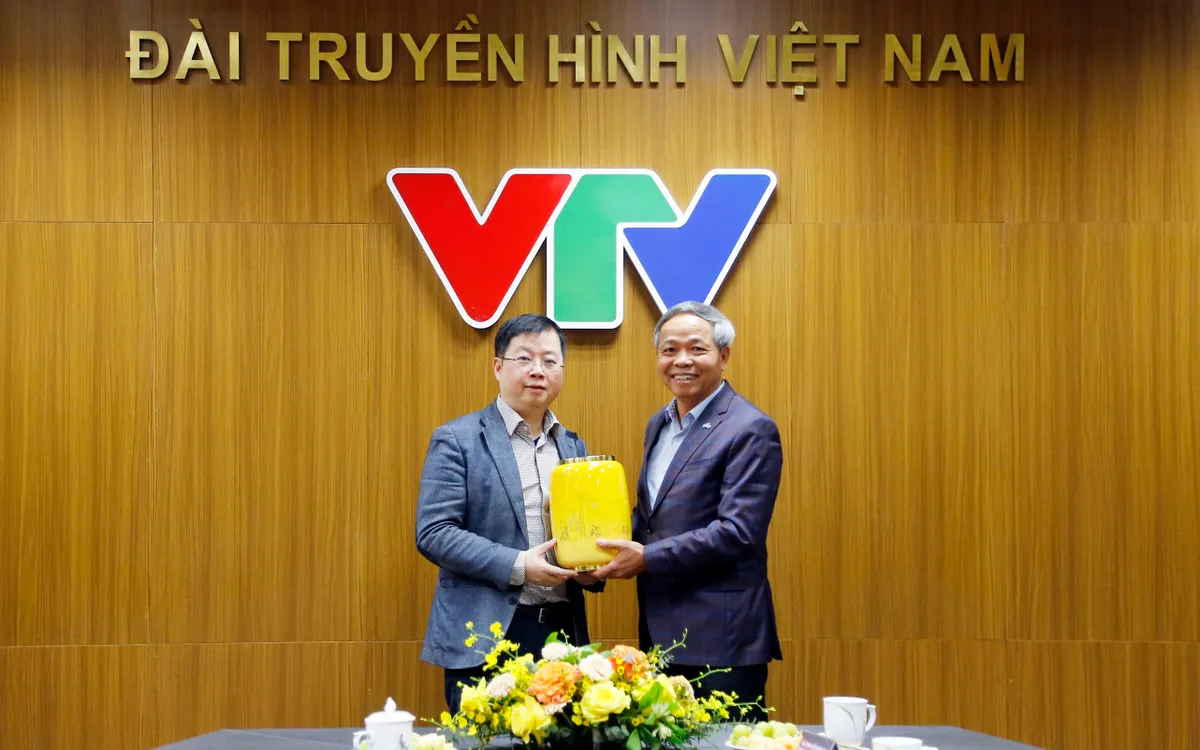

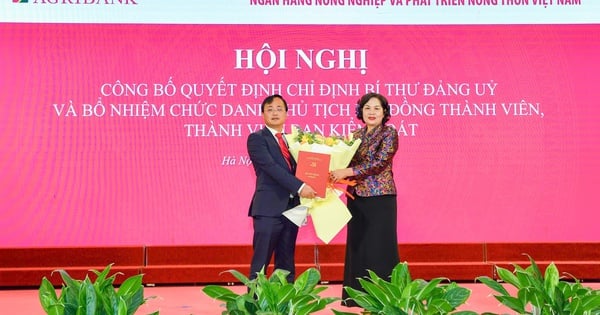




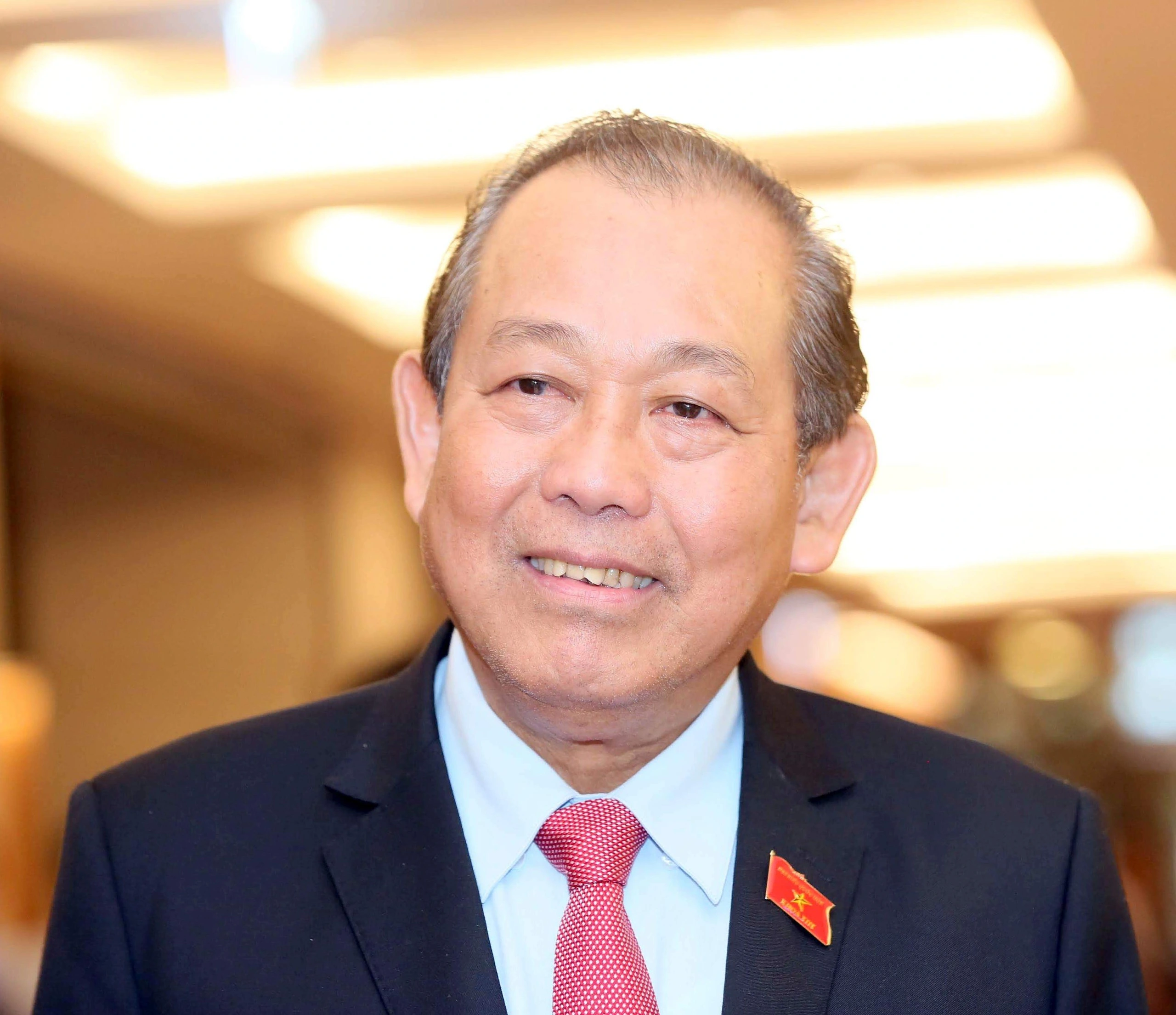

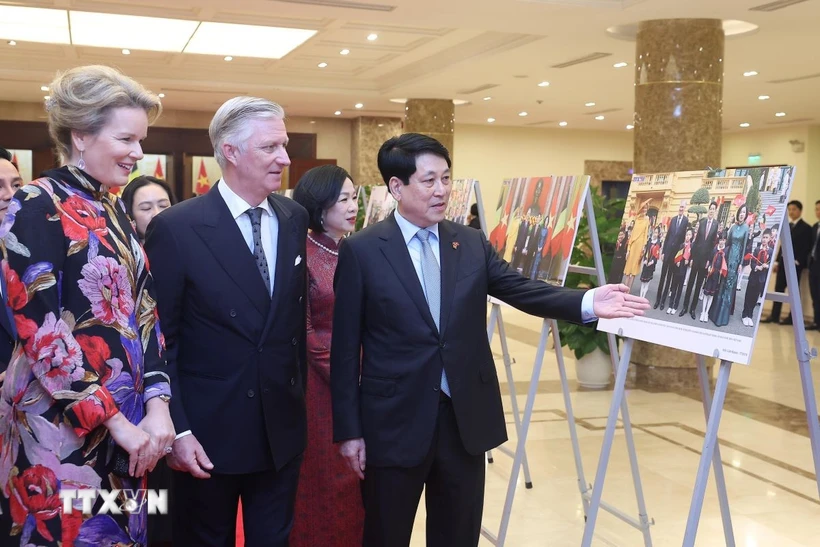

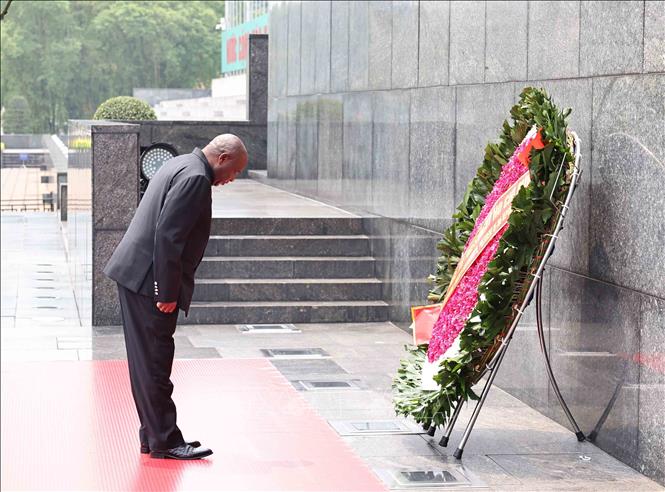






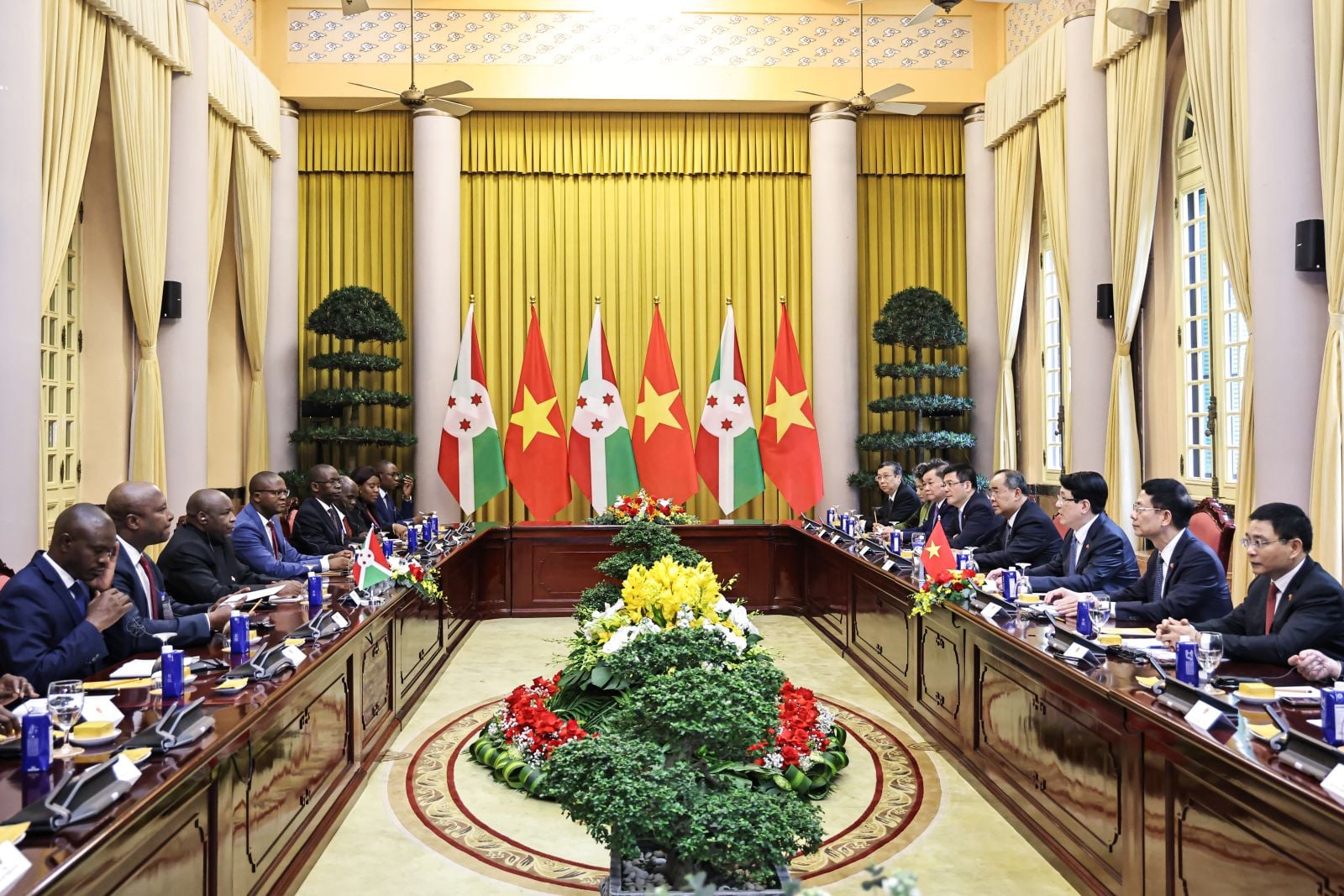




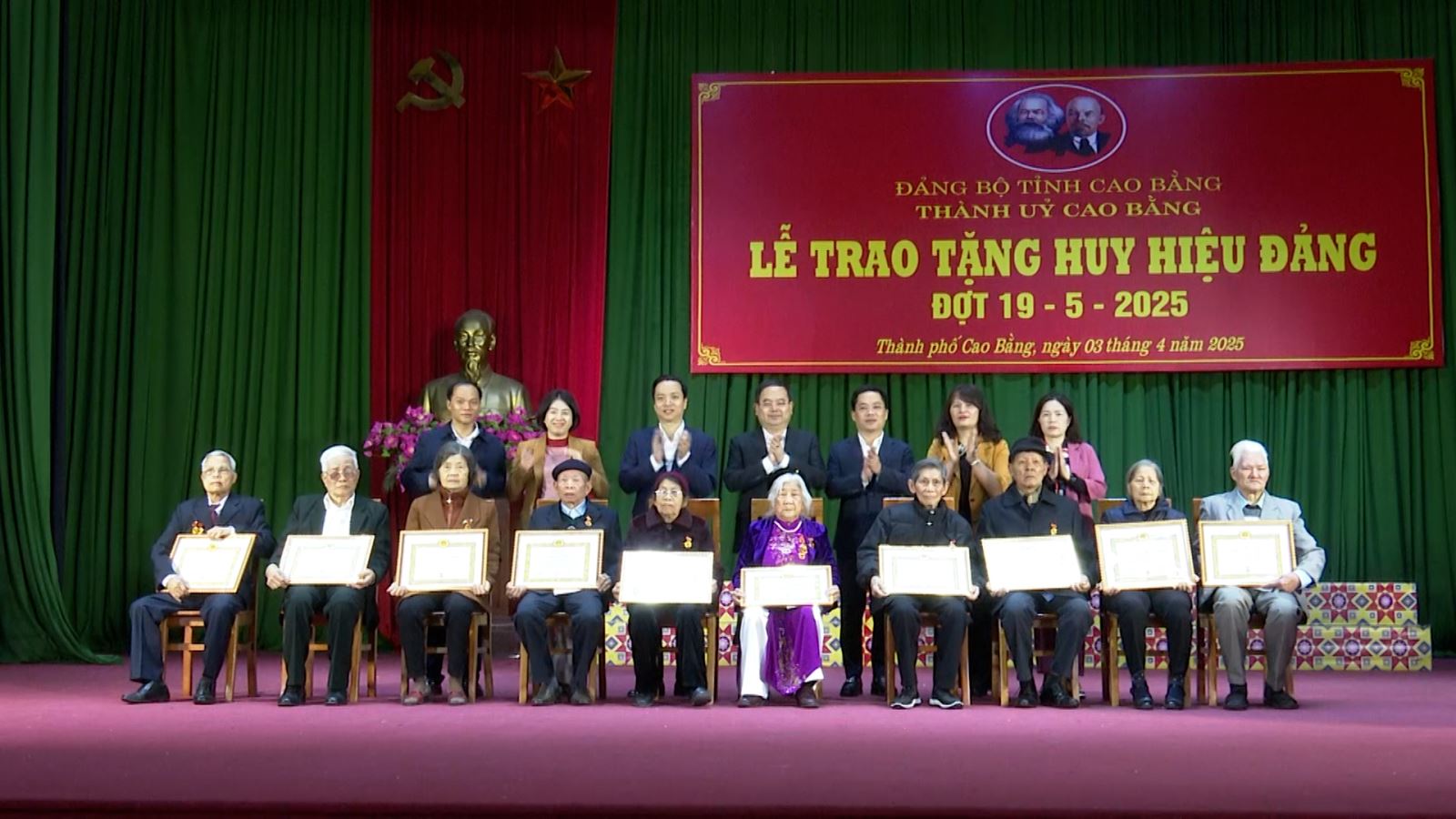









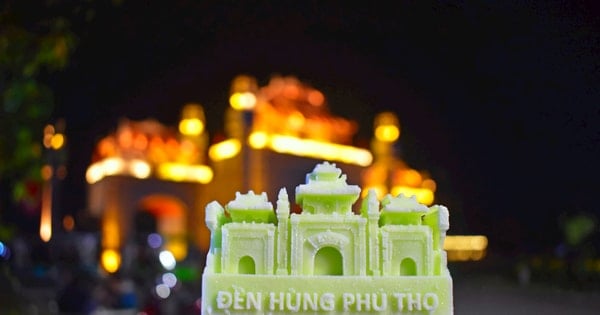





Comment (0)